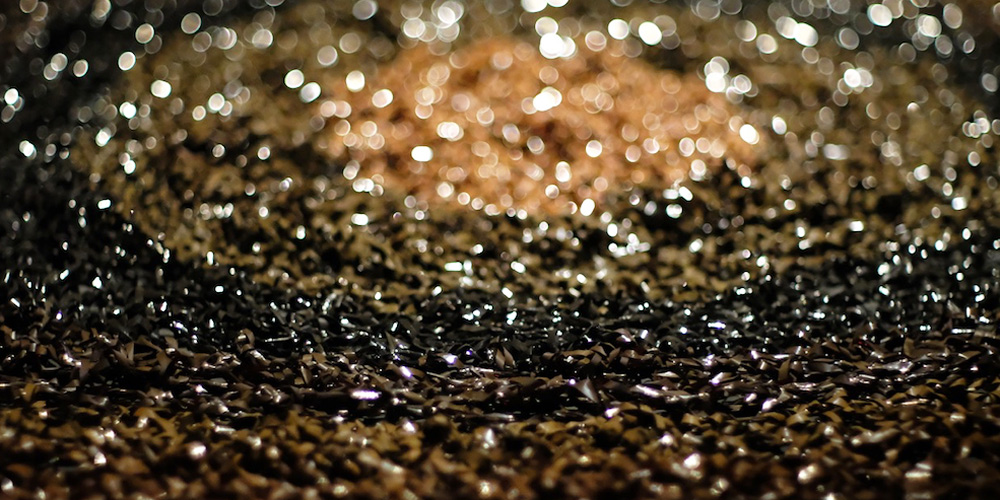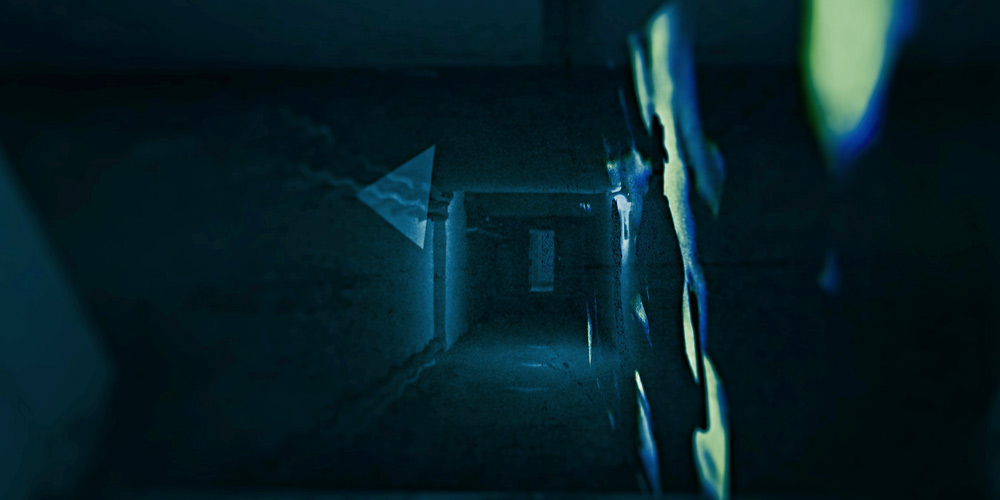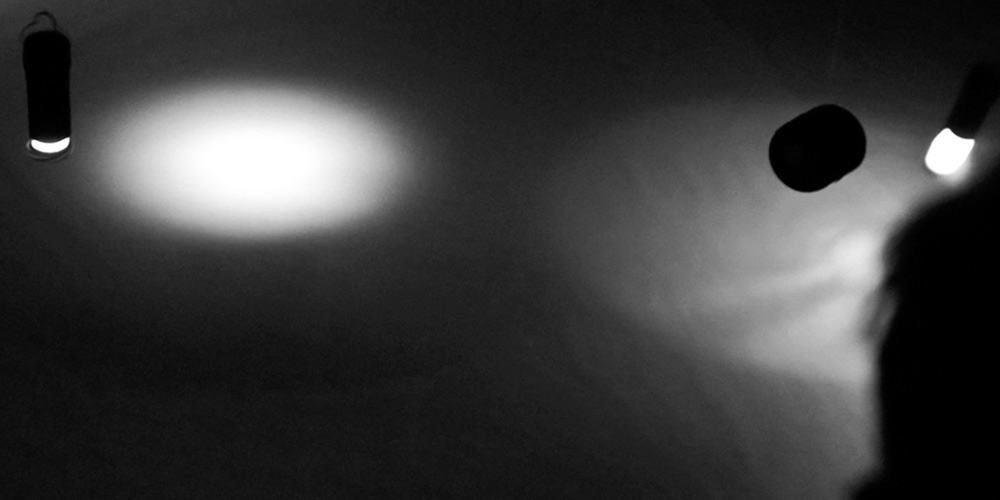
Credit: Felix Blume
Anton Bruckner Privatuniversität Linz (AT)
Since 2014 the Anton Bruckner University in Linz has offered a bachelor’s degree in musical composition with a specialization in computer music and media composition. While clearly focused on contemporary digital approaches to music creation, the course aims at imparting a strong set of skills in established compositional techniques and music technologies to allow for informed individual artistic exploration of the wide open field that is future music.
While the specialized BA course may be relatively new, over time electronic and computer music has developed deep roots at the Anton Bruckner University. In 1995 Adelhard Roidinger initiated the Studio for Advanced Music and Media Technology (SAMT), which in 2008 was renamed in Computer Music Studio and has since been headed by Andreas Weixler. Since the university’s new building opened in 2015, students as well as researchers in computer music have had the opportunity to work in a cutting-edge studio infrastructure allowing production as well as presentation of multi-channel compositions.
The BA course in computer music and media composition (as well as the MA in musical composition) do not confine themselves to training young musicians in the skills necessary for the production of musical pieces based on set standards of the media industries. They encourage artistic exploration of potential new musical forms and practices in response to today’s rapidly evolving digital media landscape, which is constantly re-shaping our listening habits, lives, communities and societies.
The three installations presented at the POSTCITY, laying out sonic spaces rather than musical sequences, reflect not only this fundamentally open approach to the question of what musical art is or could be these days, but also the media composition course’s deep integration into the university’s other fields of study ranging from instrumental performance to acting and dance.
Text: Volkmar Klien
Magnetic Islands
Angélica Castelló (MX)

In an audiovisual installation, a woven tapestry made of cassette tape, a field-recording composition for two customized radios, the Vienna-based Mexican composer and sound artist Angélica Castelló reconfigures the sound and scenographic environments of religious and pagan traditions of altars that she has been exploring through the use of old radios and cassette players. For this exhibit she has created a memory blanket, a shield to protect us from oblivion, made precisely of cassette tape, a magnetophonic material. This flexible sculpture—a sort of seaweed of woven tape—is made by the artist in clear reference to the idea of texture, textile and magnetism. It refers to the immense patience required by the craft of weaving, essential to storytelling as well. The piece includes a sound composition that Castelló made with transformed field-recordings, radio waves and acoustic sounds amplified by two customized old radios—a sound emission of oceanic textures with an engrossing power that characterizes her beautiful and seductive work.
Credits
Commissioned by Constellations of the Audio Machine in Mexico for the CTM Festival in Berlin.
Text: Carlos Prieto
Pictures: Felix Blume
Anatomy of the Underground
Tobias Leibetseder (AT), Astrid Schwarz (AT)

The room oscillates. Four speakers generate a three-dimensional acoustic sculpture that opens itself through the movement in space and time. It is an almost haptic experience. By stimulating the natural frequency of the spatial modes, the place is almost set in motion.
The composition makes the stimulus frequencies move around as they follow the room-oriented modes accompanied by the visitors. Wandering through the space also becomes a walk through of the composition itself. The oscillation of the vibrations, the constantly changing frequencies and the interference become noticeable on one’s own body. It becomes the projection surface for the acoustic peculiarities. Architecture, surfaces and materials of the place flow into an anatomy of the underground in the shimmering of time.
Xuán
Lukas Jakob Löcker (AT), Roberta Lazo Valenzuela (CL), Yiran Zhao (CN)

Xuán is transliterated from either of two Chinese characters with the same pronunciation and intonation: 悬 means “hanging,” while 旋 means “spinning.” The title, in its ambiguous potential of different meanings, is representative of the piece as a whole. The objects of this performative installation comprise speakers and flashlights hanging with and under a transparent net of nylon string, giving the appearance of floating in space. The floor underneath is covered with a white projection surface to reflect the light from overhead. The performers in their motions trigger one another’s movements, initiate new movements in turn, as well as changes in already moving objects. Through the moving lights and sounds, the space is made ambiguous, as acoustic reflection and changing illumination alter the perception of volume and resonance.

